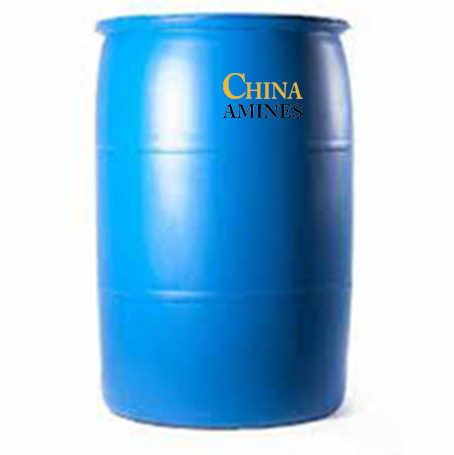1. Chemical Structure and Properties
IUPAC Name: 4-Methyl-2-pentanone
Molecular Formula: C₆H₁₂O
Structural Formula: (CH₃)₂CHCOCH₃ — A branched-chain ketone with a carbonyl group flanked by a methyl and an isobutyl group.
Physical Properties:
Appearance: Clear, colorless liquid with a faint camphor-like odor.
Boiling Point: 116–117°C; Density: 0.80 g/cm³; Vapor Pressure: 16 mmHg at 25°C.
Solubility: Miscible with most organic solvents (ethanol, ether); slightly soluble in water (1.7% w/w at 20°C).
Chemical Properties:
Polarity: Moderately polar (log P: 1.3); forms hydrogen bonds with protic solvents.
Reactivity: Stable under neutral conditions; undergoes ketone-specific reactions (e.g., oxidation, condensation).
Flammability: Flammable liquid (flash point: 16°C; autoignition temp.: 459°C).
2. Industrial Applications
Solvent Applications:
Coatings & Inks: Primary solvent for nitrocellulose lacquers, epoxy resins, and printing inks.
Adhesives: Carrier solvent in pressure-sensitive and rubber-based adhesives.
Chemical Synthesis:
Pharmaceuticals: Intermediate in synthesizing antibiotics (e.g., erythromycin) and steroids.
Extraction Agent: Separates metals (e.g., uranium, zirconium) in hydrometallurgical processes.
Electronics:
Wafer Cleaning: Removes photoresist residues in semiconductor manufacturing.
3. Safety and Toxicology
Health Hazards:
Acute Exposure:
Inhalation (≥50 ppm): Irritates respiratory tract; dizziness (TLV-TWA: 50 ppm).
Skin Contact: Defatting action causes dermatitis (rabbit skin LD₅₀: 1,000 mg/kg).
Ingestion: Moderately toxic (oral LD₅₀ rat: 1,600 mg/kg).
Chronic Effects:
Neurotoxicity: Prolonged exposure linked to peripheral neuropathy in animal studies.
Reproductive Toxicity: Limited evidence of developmental effects (OECD 414 compliant).
Protection Measures:
PPE: Nitrile gloves, organic vapor respirators, chemical goggles.
Storage: Fireproof cabinets away from ignition sources and oxidizers.
4. Environmental and Regulatory Compliance
Environmental Impact:
Aquatic Toxicity: LC₅₀ (fish, 96h): 50–100 mg/L; EC₅₀ (daphnia): 10–50 mg/L.
Biodegradability: Slow (OECD 301F:<30% in 28 days).
Atmospheric Fate: Reacts with hydroxyl radicals (half-life ~2 days).
Regulatory Frameworks:
EU:
CLP Regulation: Classified as Flammable Liquid (Category 2), Eye Irrit. 2 (H319).
REACH: Requires SDS with exposure limits and risk management measures.
USA:
OSHA PEL: 50 ppm (8-hour TWA); EPA: Listed on Toxic Release Inventory (TRI).
China:
GB 13690-2009: Classified as Hazardous Chemical (Class 3.2).
Transport:
UN Number: UN 1245; Hazard Class: 3 (Flammable Liquid), Packing Group II.
5. Case Studies and Application Insights
Case 1: High-Performance Aircraft Coatings:
Application: PPG Aerospace uses MIBK in polyurethane coatings for Boeing 787 Dreamliner interiors.
Performance: Achieved 20% faster drying time vs. acetone-based formulations.
Case 2: Uranium Extraction in Nuclear Fuel Processing:
Process: MIBK extracts uranium from nitric acid solutions in the PUREX process (AREVA, France).
Efficiency: 99.9% recovery rate at 40°C with minimal solvent degradation.
Comparative Analysis:
MIBK vs. Acetone:
Pros: Higher boiling point (116°C vs. 56°C), slower evaporation, better resin compatibility.
Cons: Higher toxicity and flammability risk.
Specifications:
4-Methyl-2-Pentanone is a clear, colorless solvent (≥99% purity) with a boiling point of 116 °C, density 0.805 g/cm³, and superior solvency for resins, coatings, and adhesives.


